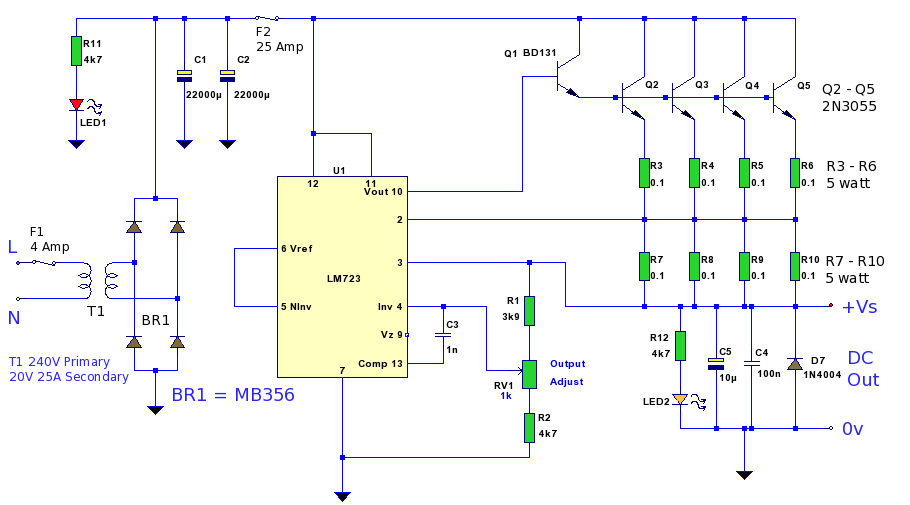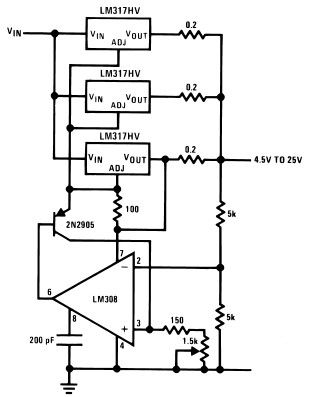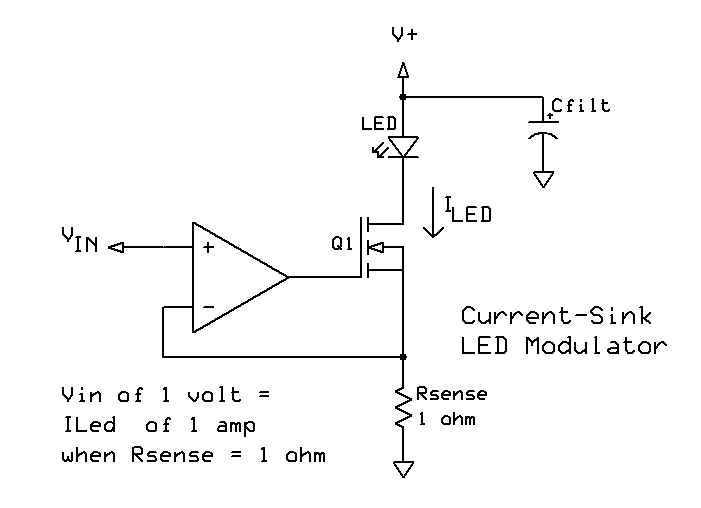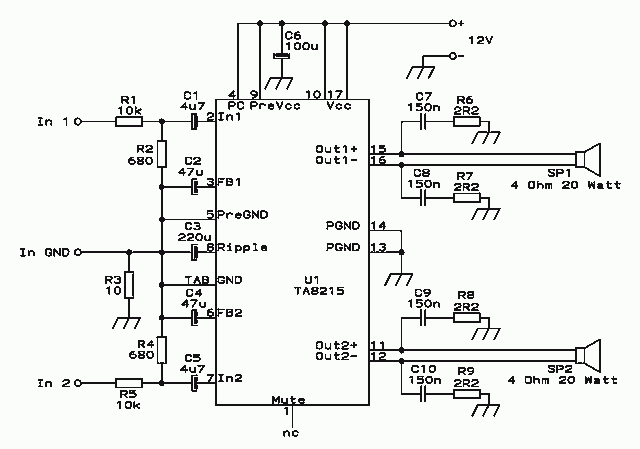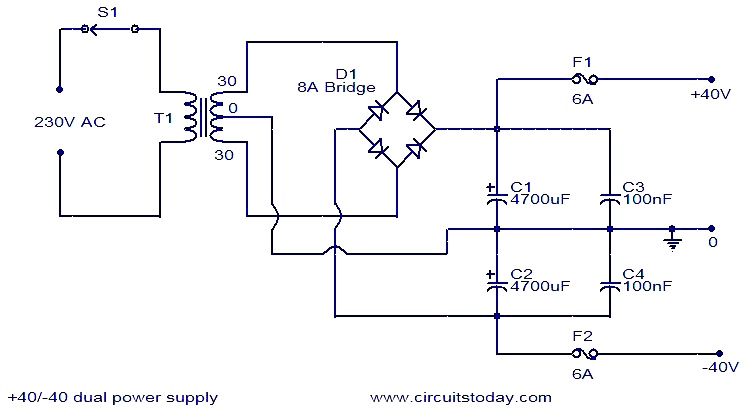
Bridging Adapter For Power Amplifiers
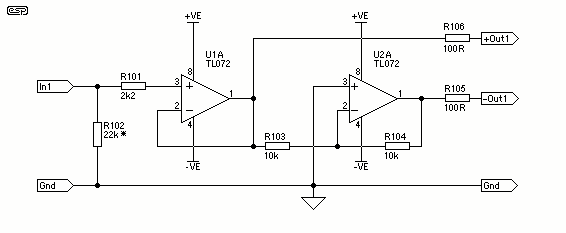
A stereo power amplifier is limited in its output power by two main factors - the impedance of the load and the internal power supply voltage. To obtain more power, one has very limited choices - other than the purchase of a more powerful amp. More: The load impedance can be lowered, but if the load happens to be a pair of standard loudspeakers this is not viable, since the impedance is set by the drivers themselves. Increasing the power supply voltage is generally a bad idea, since most commercial a
A stereo power amplifier is designed to drive audio signals to loudspeakers, converting low-level audio signals into higher-level signals capable of driving the speakers. The output power of such an amplifier is fundamentally constrained by two primary factors: the load impedance and the internal power supply voltage.
The load impedance is a critical aspect, as it is determined by the speakers connected to the amplifier. Standard loudspeakers typically have fixed impedance values, commonly rated at 4, 6, or 8 ohms. Lowering the load impedance to increase power output is generally not feasible when using conventional loudspeakers, as this would exceed the manufacturer’s specifications and could potentially damage both the amplifier and the speakers.
The internal power supply voltage also plays a significant role in determining the maximum output power. A higher voltage can theoretically increase the power output, but this approach has limitations. Most commercial amplifiers are designed to operate within specific voltage ranges, and exceeding these can lead to distortion, overheating, and failure of the amplifier components. Moreover, increasing the power supply voltage requires careful consideration of the amplifier's design, including the choice of output transistors and heat dissipation mechanisms.
In practical applications, if more power is required, the most effective solution is often the acquisition of a more powerful amplifier designed to handle the desired output levels without compromising performance or reliability. This ensures that both the amplifier and the connected speakers operate within their safe and optimal parameters, providing high-quality audio reproduction without risk of damage.A stereo power amplifier is limited in its output power by two main factors - the impedance of the load and the internal power supply voltage. To obtain more power, one has very limited choices - other than the purchase of a more powerful amp. The load impedance can be lowered, but if the load happens to be a pair of standard loudspeakers this is not viable, since the impedance is set by the drivers themselves. Increasing the power supply voltage is generally a bad idea, since most commercial a 🔗 External reference
A stereo power amplifier is designed to drive audio signals to loudspeakers, converting low-level audio signals into higher-level signals capable of driving the speakers. The output power of such an amplifier is fundamentally constrained by two primary factors: the load impedance and the internal power supply voltage.
The load impedance is a critical aspect, as it is determined by the speakers connected to the amplifier. Standard loudspeakers typically have fixed impedance values, commonly rated at 4, 6, or 8 ohms. Lowering the load impedance to increase power output is generally not feasible when using conventional loudspeakers, as this would exceed the manufacturer’s specifications and could potentially damage both the amplifier and the speakers.
The internal power supply voltage also plays a significant role in determining the maximum output power. A higher voltage can theoretically increase the power output, but this approach has limitations. Most commercial amplifiers are designed to operate within specific voltage ranges, and exceeding these can lead to distortion, overheating, and failure of the amplifier components. Moreover, increasing the power supply voltage requires careful consideration of the amplifier's design, including the choice of output transistors and heat dissipation mechanisms.
In practical applications, if more power is required, the most effective solution is often the acquisition of a more powerful amplifier designed to handle the desired output levels without compromising performance or reliability. This ensures that both the amplifier and the connected speakers operate within their safe and optimal parameters, providing high-quality audio reproduction without risk of damage.A stereo power amplifier is limited in its output power by two main factors - the impedance of the load and the internal power supply voltage. To obtain more power, one has very limited choices - other than the purchase of a more powerful amp. The load impedance can be lowered, but if the load happens to be a pair of standard loudspeakers this is not viable, since the impedance is set by the drivers themselves. Increasing the power supply voltage is generally a bad idea, since most commercial a 🔗 External reference
